Ergonomic work
Under this topic you will receive instructions, recommendations for improving your posture. All information is provided as examples and may be adapted to your circumstances. If you need special measures, please consult with your supervisor.
That was a lot of information in a nutshell. If you want to know more about it, you can click on the following links.
Work on the PC
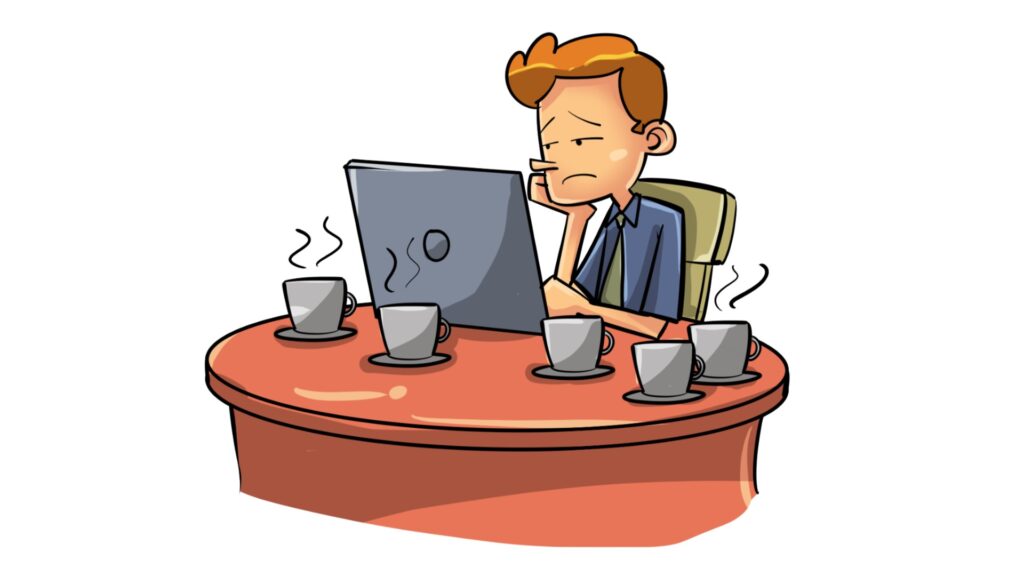
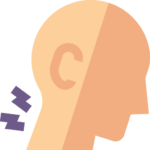
Your neck is stiff, your back hurts and your arms feel limp. Try the following exercise:
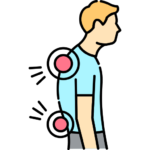
To keep you from cramping up in front of the screen, I’ve got a few tips for you:
Arbeiten am Bildschirm- Entspannt statt Verspannt
“There is evidence that more frequent breaks reduce the risk of occupational accidents […] that even paid short breaks increase work performance without productive time loss, and that this is accompanied by beneficial effects on physical and psychological well-being.”
Physical work
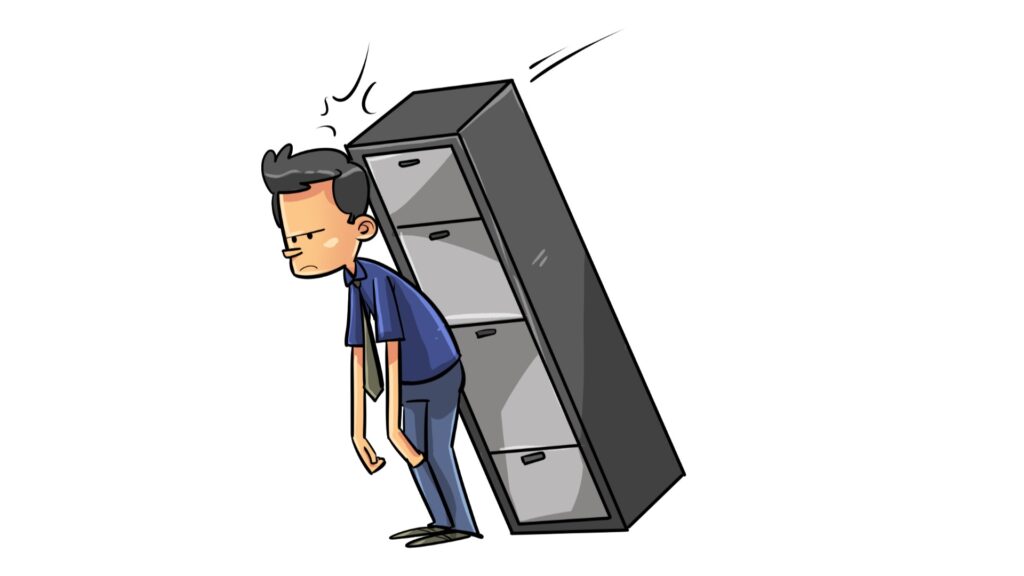
Rules for proper lifting and carrying:
- Always keep back straight
- Squat down when bending
- Avoid twisting the torso when lifting
- Keep loads close to the body
- Do not lift jerkily
- Grip loads positively
- Avoid loads that are too heavy
- Carry and lift with arms outstretched
- Load the body symmetrically
- Use carrying and lifting aids
- Carry loads on the shoulder if possible
You can see what this looks like in the following video:
One-sided physical exertion can lead to pain. To prevent this, you can do short exercises every day. If you do this several times a day with repetitions of five to ten times, you will have the same effect as if you go to the gym once a week.
Here you will be given exercises of forestry work:
“There is evidence that more frequent breaks reduce the risk of occupational accidents […] that even paid short breaks increase work performance without productive time loss, and that this is accompanied by beneficial effects on physical and psychological well-being.”

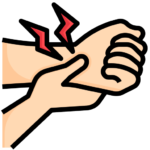 Mouse arm doesn’t have to be. Check out the following link to see what you can do:
Mouse arm doesn’t have to be. Check out the following link to see what you can do: